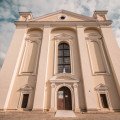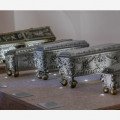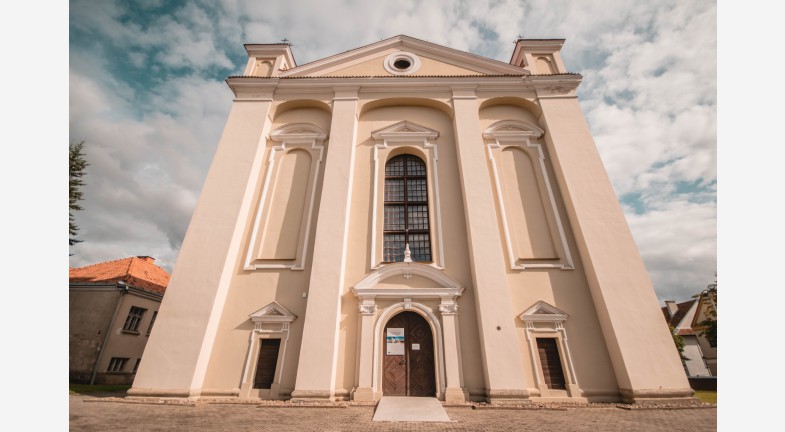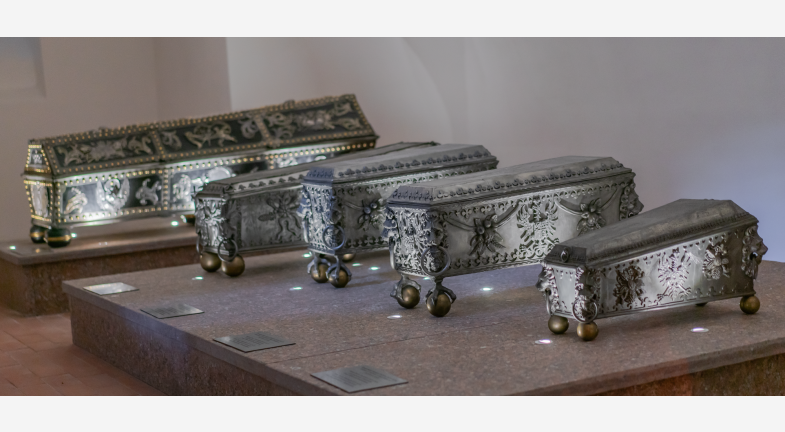Evangelical Reformed Church and the Radziwiłł Family Mausoleum

248

0

0
0 out of 5
(0 reviews)
The Evangelical Reformed Church in Kėdainiai is one of the most significant examples of Renaissance-style architecture in Lithuania. Its construction began in 1631, initiated by Kristupas II Radziwiłł, and was completed by his son Jonušas XI Radziwiłł in 1652. This single-nave church, notable for its rectangular shape and four towers, showcases a blend of late Renaissance and Baroque styles. The interior is adorned with intricate oak carvings, and the church features an impressive Renaissance-style oak pulpit and chandelier.
Info
-

Religious Heritage
-
Kėdainiai
-


The Evangelical Reformed Church in Kėdainiai is one of the most significant examples of Renaissance-style architecture in Lithuania. Its construction began in 1631, initiated by Kristupas II Radziwiłł, and was completed by his son Jonušas XI Radziwiłł in 1652. This single-nave church, notable for its rectangular shape and four towers, showcases a blend of late Renaissance and Baroque styles. The interior is adorned with intricate oak carvings, and the church features an impressive Renaissance-style oak pulpit and chandelier.
A key element of the church is the Radziwiłł family mausoleum, a unique example of 17th-century noble burial
practices in Lithuania. Resting here are prominent figures of the Grand Duchy of Lithuania, such as Kristupas Radziwiłł Perkūnas, Voivode of Vilnius and Grand Hetman of Lithuania, as well as his son Jonušas Radziwiłł. Their remains are preserved in ornate Renaissance and Baroque-style sarcophagi. Additionally, the mausoleum houses the sarcophagi of three of Jonušas's young brothers and his sister Elžbieta, reflecting the Netherlandish Mannerism style.
In 2020, the Radziwiłł sarcophagi were restored, and the mausoleum was made accessible to visitors, offering a deeper insight into this important piece of Lithuanian heritage.
Found a mistake?
Report

 Entertainment
Entertainment
 Food establishments
Food establishments





























 55.285519, 23.980499
55.285519, 23.980499
 Get directions
Get directions










